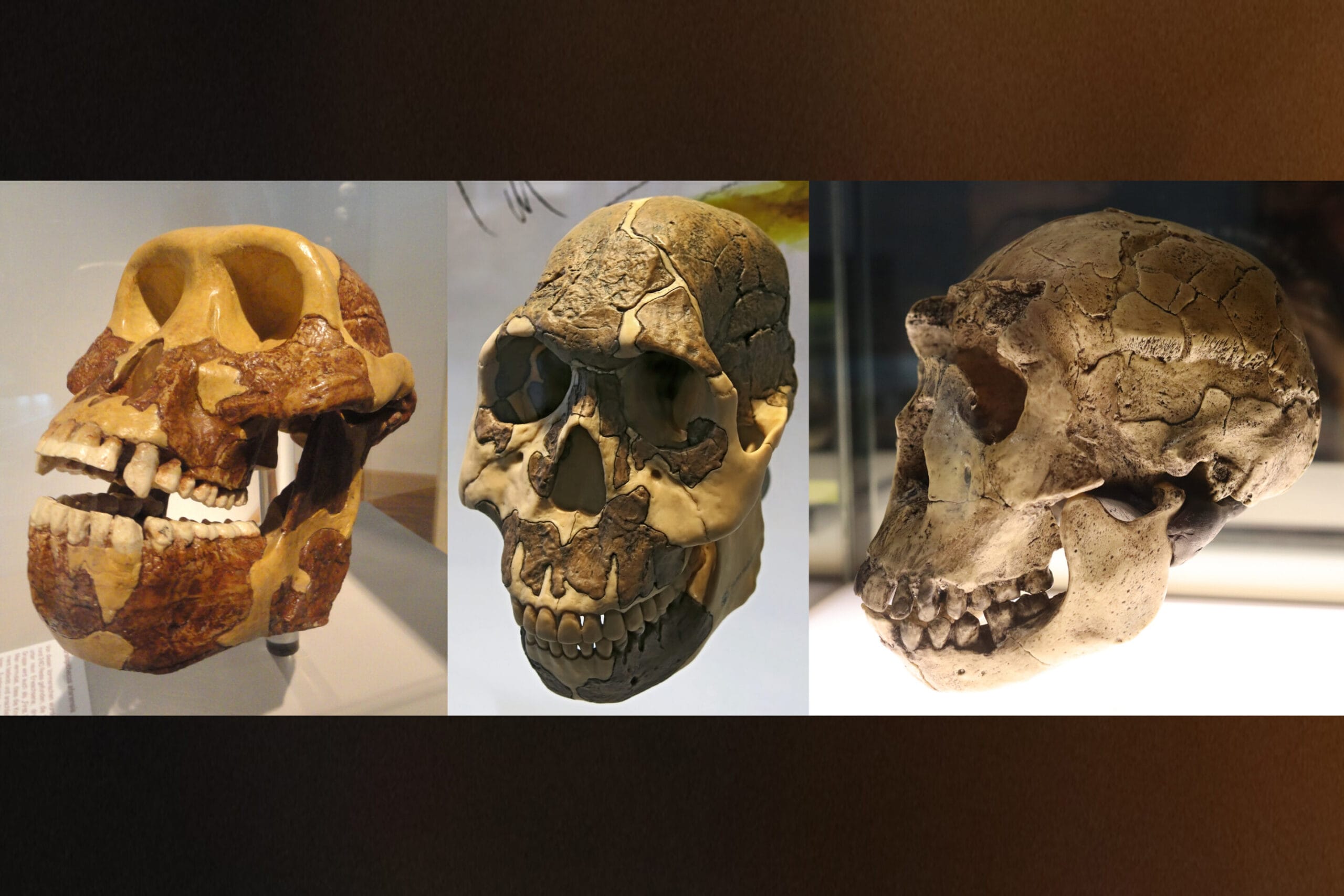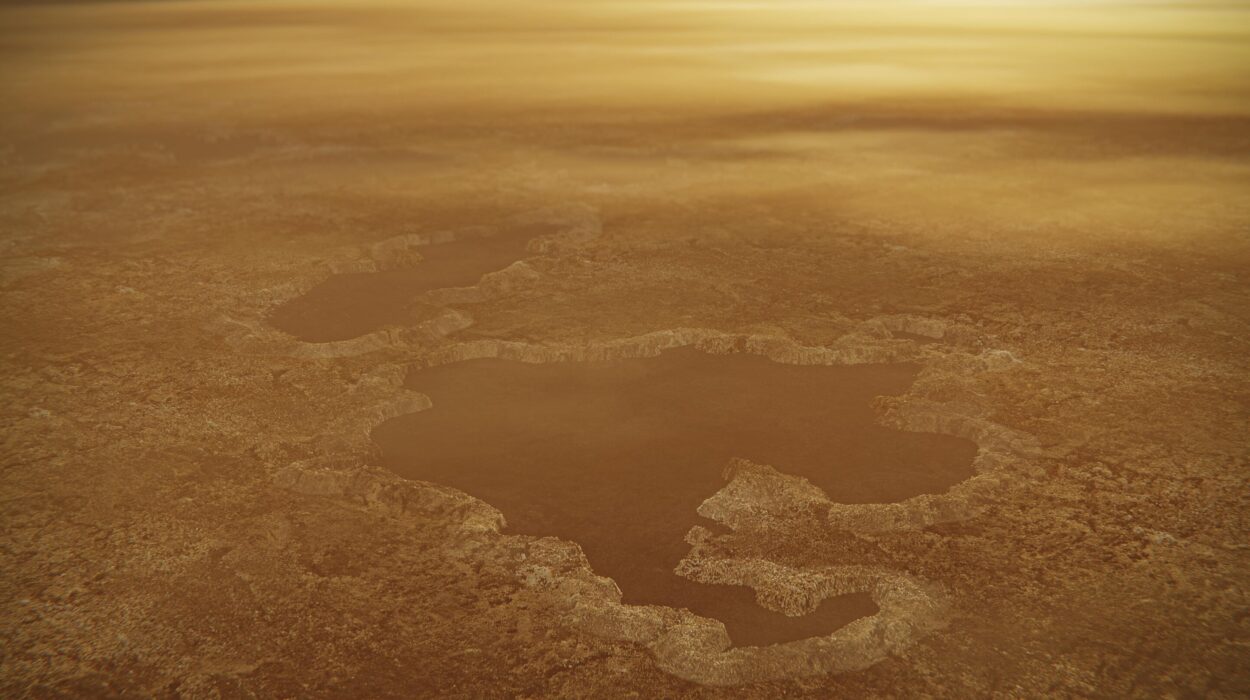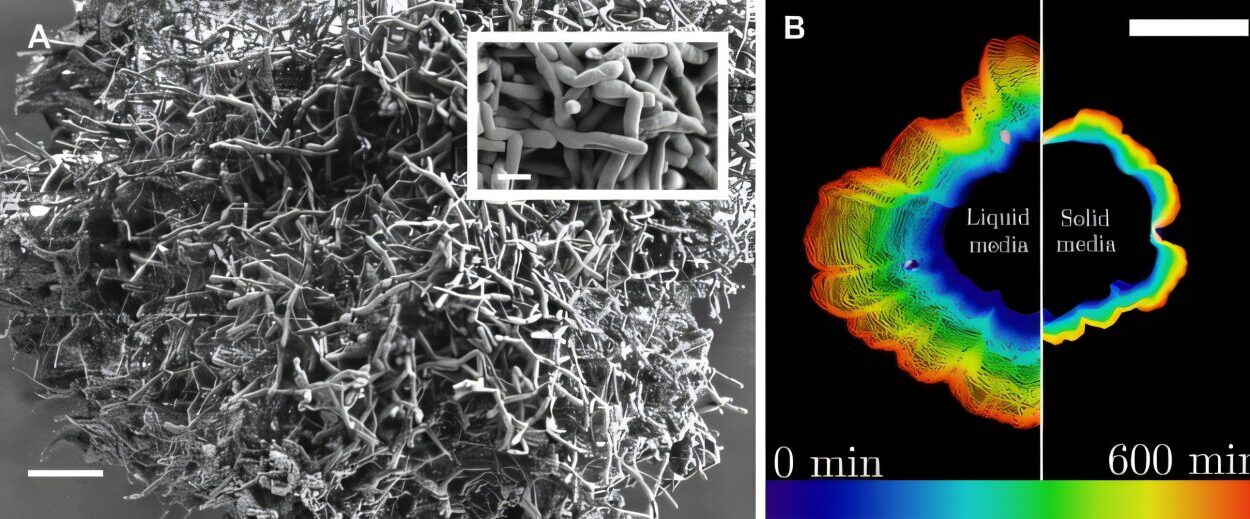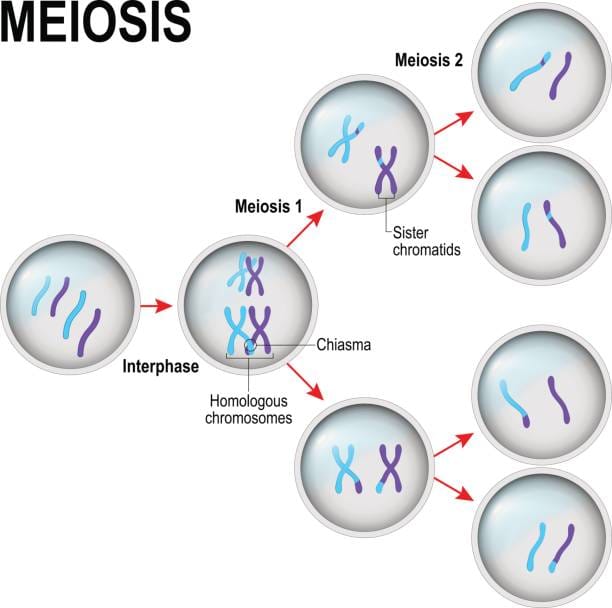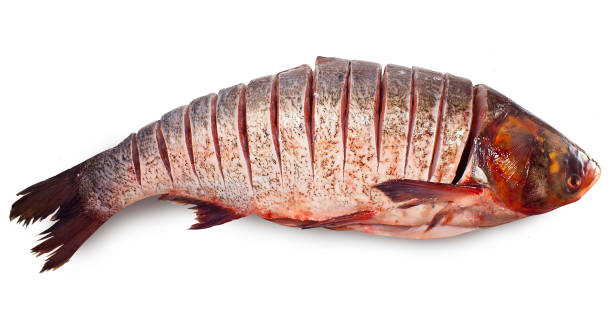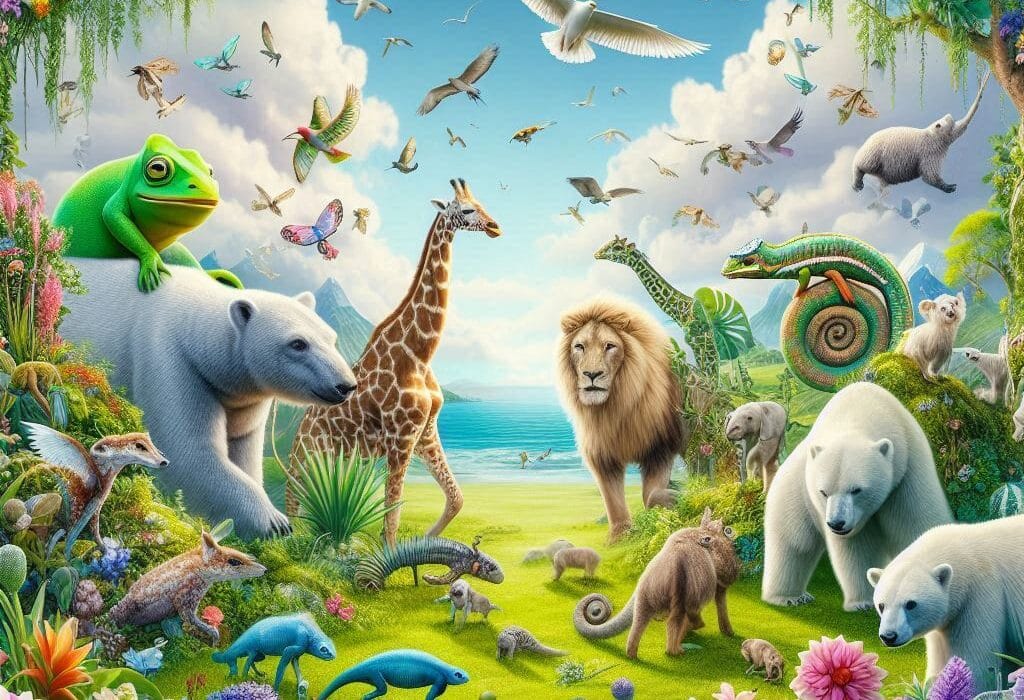Long before Homo sapiens baked bread or boiled potatoes, ancient hominins made a radical dietary gamble that reshaped their evolutionary future. A new study, led by researchers at Dartmouth and published in Science, has unveiled striking evidence that our ancestors began consuming tough, starchy plants like grasses and tubers hundreds of thousands of years before their teeth evolved to chew them efficiently.
This surprising find challenges long-standing assumptions about the relationship between human biology and behavior. For decades, anthropologists believed that our bodies evolved in lockstep with our behaviors—that the tools we developed, the food we ate, and the environments we occupied all co-evolved in harmony with our anatomy. But the new research turns that idea on its head.
The study shows, for the first time, that behavior can lead evolution, not just follow it. Our ancestors were chewing their way into new ecological niches before their jaws, teeth, or digestive systems had caught up. In evolutionary terms, they were running on willpower and ingenuity—hunting for nutrition in places no other primates dared to go.
The Grass Beneath Their Feet—and Teeth
The key to this discovery lies in ancient teeth—specifically, fossilized enamel from multiple hominin species that lived between 3.5 and 2 million years ago. Teeth, like time capsules, preserve chemical signatures from the food a creature consumed during life. Using advanced isotope analysis, the team tracked the carbon and oxygen molecules embedded in fossil teeth to determine what kind of plants early hominins were eating.
To scientists’ astonishment, the teeth revealed a diet rich in graminoids—grasses and sedges that are notoriously tough, fibrous, and difficult to digest. Graminoids are low in calories compared to fruits or meats and typically require specialized adaptations to consume regularly. Think of grazing animals like cows and antelope, whose flat molars, complex guts, and rumination strategies are honed for this very task.
Hominins, by contrast, had neither the dental hardware nor the gastrointestinal sophistication to eat like grazers. Their teeth were shorter, less ridged, and ill-suited for pulverizing stringy plant fibers. And yet, the isotopes don’t lie—they were eating them anyway.
“This is the first time we’ve been able to show that early humans were behaviorally adapting before their bodies did,” says Luke Fannin, a postdoctoral researcher at Dartmouth and lead author of the study. “It’s a complete reversal of what we thought about how evolution works in humans.”
Behavior Before Biology: A Radical Idea Comes to Life
The notion that behavior can drive evolutionary change—rather than merely responding to it—is not new. But until now, there’s been little direct evidence of it in the human fossil record. After all, behaviors don’t fossilize. You can’t dig up a diet. And yet, with modern isotopic tools, scientists are beginning to decode what ancient species consumed—and by extension, how they lived.
The team compared isotope data from early hominins like Australopithecus afarensis (famously represented by the fossil “Lucy”) with two contemporary primate species: theropiths, giant, baboon-like monkeys, and colobines, smaller leaf-eaters. All three species showed an increasing reliance on graminoids between 3.4 and 4.8 million years ago, moving away from fruits, insects, and flowers.
But the hominins alone took a radical leap. Around 2.3 million years ago, carbon and oxygen isotope levels in their teeth suddenly shifted—signaling a major change in diet. While other primates maintained a plant-based diet above ground, humans apparently turned to the dirt.
The Secret Life of Tubers
What caused this dietary transformation? The researchers propose a remarkable answer: our ancestors began digging for food. Not metaphorically, but quite literally.
Underground plant organs—tubers, bulbs, and corms—store large amounts of carbohydrates. These starchy caches are nutrient-rich, relatively safe from predators, and available year-round. From the perspective of an expanding human brain and a growing social group, they were a dietary jackpot.
Importantly, oxygen-depleted water—found in these plant parts—left behind a distinct isotopic fingerprint in teeth. That drop in oxygen levels, detected in the fossil record, corresponds with a time when hominins would have had the tools and ingenuity to exploit this hidden food source.
“This shift to underground foods was likely a signal moment in our evolutionary story,” Fannin explains. “It gave our ancestors access to a steady supply of energy-rich food, which could support larger brains, bigger bodies, and more complex social interactions.”
Stone tools, already in use by that time, made digging for tubers and bulbs a feasible strategy. Other animals didn’t have the tools—or the brains—to match. As a result, hominins entered a niche with virtually no competition.
Teeth Play Catch-Up—700,000 Years Later
If behavior led the way, biology eventually caught up. Around 2 million years ago, with species like Homo habilis and Homo ergaster, teeth began to reflect the long-standing dietary reality. Molars grew longer, adapting to the mechanical demands of chewing tough plant material. Meanwhile, tooth size overall shrunk gradually—about 5% every 1,000 years—suggesting that changes in food preparation (possibly cooking or tool-cutting) were reducing the need for brute dental force.
These changes coincide with another major behavioral innovation: cooking. Heat softens plant fibers, making them easier to chew and more digestible. By the time evolution delivered the right teeth, early humans may have already developed fire and rudimentary cooking methods to work around the problem altogether.
It’s a striking portrait of a species outsmarting its own biology.
“Hominins weren’t waiting around for the perfect molar to evolve,” says Nathaniel Dominy, senior author of the study and the Charles Hansen Professor of Anthropology at Dartmouth. “They were innovating—behaviorally adapting to their environment in ways that other primates didn’t.”
Grains of Destiny: From Savanna to Supermarket
The findings also hint at a deeper, more poetic truth: humans have always had a taste for grass. Today, our global food economy revolves around just a handful of grasses—rice, wheat, corn, barley. These staples feed billions and form the bedrock of agriculture.
But as this study shows, that story began long before the first farmer planted a seed. Our ancestors were already pushing the limits of what could be eaten, what could be dug, and what could be transformed.
Even as their teeth lagged behind, their behavior raced ahead. It’s not too much to say that our relationship with carbohydrate-rich plants helped shape what it means to be human—not just anatomically, but cognitively, culturally, and socially.
“Other primates never made this leap,” says Dominy. “That ability to exploit tough plant tissues—whether by digging, chewing, cooking, or fermenting—may be the key trait that separates us.”
The Evolution of Innovation
This study reframes our understanding of early human resilience. We often think of adaptation as something slow, passive, even reactive—species morphing slowly to fit new conditions. But what if adaptation is more creative, more daring?
Early humans were not merely responding to evolutionary pressures—they were creating them. Their ingenuity, their willingness to explore new foods, new landscapes, and new tools created evolutionary pressures that changed their bodies.
It’s an idea that resonates far beyond anthropology. In a world where humans increasingly face environments they weren’t biologically designed for—urban jungles, processed foods, digital landscapes—the ability to adapt behaviorally, ahead of biology, may still be our greatest strength.
“Behavior can become the driver of evolution,” Fannin concludes. “That’s what we see in this record—humans innovating, then evolving. Not the other way around.”
From Roots to Revolution
In the great saga of human evolution, this new research adds a powerful chapter. It reminds us that our ancestors were not just passive products of nature. They were explorers, tinkerers, and survivors—finding food beneath the surface, long before they had the perfect teeth for the job.
And in doing so, they sparked a transformation that still reverberates today, from the savannas of East Africa to the global grain markets of the modern world. Their hunger changed not just their bodies, but the destiny of an entire species.
And it all started with a simple question: What if we dig a little deeper?
More information: Luke D. Fannin et al, Behavior drives morphological change during human evolution, Science (2025). DOI: 10.1126/science.ado2359. www.science.org/doi/10.1126/science.ado2359.
